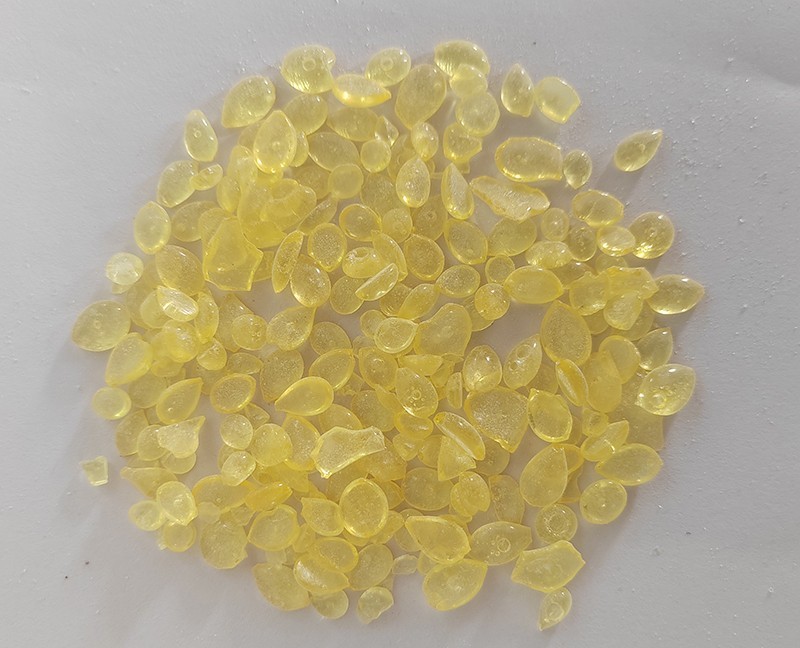China C5 petroleum resin is a thermoplastic resin produced by polymerizing C5 fractions from petroleum cracking by-products. Improving the hardness of C5 petroleum resin can be achieved through various methods, and the following are some effective strategies:
1. Raw material selection and optimization
Selected C5 fractions: Select C5 fractions containing fewer low molecular weight components as raw materials, as these components may affect the hardness of the final C5 petroleum resin. By accurately screening the raw materials, it can be ensured that the resin has a high initial hardness.
Adding Hard Fillers: Adding an appropriate amount of hard fillers such as calcium carbonate, diatomaceous earth, etc. during the resin synthesis process can increase the rigidity and hardness of the resin.

2. Production process adjustment
Optimize polymerization conditions: Adjust the temperature, pressure, catalyst type, and dosage of the polymerization reaction to control the molecular weight distribution and crosslinking degree of the resin. A higher molecular weight and moderate cross-linking help improve the hardness of the resin.
Post processing enhancement: Fine post-processing is performed on the polymerized China C5 petroleum resin, such as washing, drying, and screening, to remove impurities and unreacted monomers, further improving the purity and hardness of the resin.
3. Chemical modification
Functional group introduction: Specific functional groups, such as hydroxyl and carboxyl groups, are introduced into the resin through chemical reactions. These functional groups can enhance the intermolecular interaction forces of the resin, thereby improving its hardness.
Crosslinking reaction: Using crosslinking agents to form chemical bonds between resin molecules, forming a three-dimensional network structure that can significantly improve the hardness and strength of C5 petroleum resin.
4. Physical modification
Blending modification: Blending China C5 petroleum resin with other high hardness resins or polymers, utilizing the interactions and synergistic effects between components to improve overall hardness.
Filling modification: Adding high hardness inorganic particles or fibers as fillers to the resin can enhance and support the resin, improving its hardness.
5. Subsequent processing and application conditions
Heat treatment: Heat treatment, such as annealing, on the produced resin can eliminate internal stress, optimize molecular arrangement, and thus improve hardness.
Application condition adjustment: When using China C5 petroleum resin, adjust the formula and process conditions according to specific application scenarios, such as adding hardeners, adjusting curing temperature and time, etc., to achieve the required hardness requirements.
In summary, improving the hardness of China C5 petroleum resin requires comprehensive consideration and implementation from multiple aspects such as raw material selection, production process, chemical modification, physical modification, and subsequent processing and application conditions. Through reasonable strategies and methods, the hardness of C5 petroleum resin can be significantly improved to meet the application needs of different fields.

 Language
▼
Language
▼


 Address:Linzi District,Zibo City,Shandong Province
Address:Linzi District,Zibo City,Shandong Province E-mail:wanbang@wanbangresin.com
E-mail:wanbang@wanbangresin.com WhatsApp:+8615053337101
WhatsApp:+8615053337101